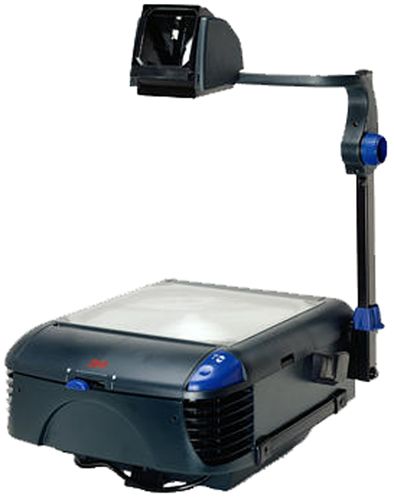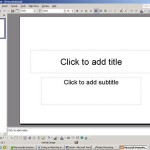Technology lesson planning 101

On the excellent Doug Johnson
Blue Skunk Blog, there are two recent articles well worth reading: one is
Seven brilliant things teachers do with technology, in which I particularly like the idea that we should "use technology's engagement (not entertainment) power" [>>
more].
The second is
Seven stupid mistakes teachers make with technology, "stupid" being a word he uses with some reservation.
I've got the same reservations myself about "stupid". "Can I ask a stupid question?" people sometimes ask me in technology seminars, meaning a question that
might seem stupid to experts, an idea that embarrasses the questioner. But the question never turns out to be stupid: "basic" is perhaps the word being sought.
As regards using technology, let's call it "silly", shall we? To my mind, the silliest mistake you can make as a teacher is
not having a Plan B in case the technology goes wrong, as at some point it inevitably will.
"Silly" is a word I hear teachers use: they say, for example, "you just look silly in front of all your students when there's no Internet connection".
But that's the great thing about having a "Plan B": if you do, you won't look silly, on the contrary, you'll look slickly professional, which as a learner is how I like my teacher to look...
http://images.google.com/imgres?imgurl=http://www.ihes.com/bcn/tt/eltblog/blog/uploaded_images/tecnologia-780918-769329-743771.jpg&imgrefurl=http://www.ihes.com/bcn/tt/eltblog/blog/labels/Using%2520technology.html&usg=__lf6S8PfJHHFZ1n_RB82vttHfpTM=&h=300&w=400&sz=28&hl=en&start=7&um=1&tbnid=SaucwMzjPm4m5M:&tbnh=93&tbnw=124&prev=/images%3Fq%3Dtechnology%2Bin%2Bthe%2Bclassroom%26hl%3Den%26safe%3Doff%26rlz%3D1B2RNFA_en___US204%26um%3D1













 On the excellent Doug Johnson
On the excellent Doug Johnson 





